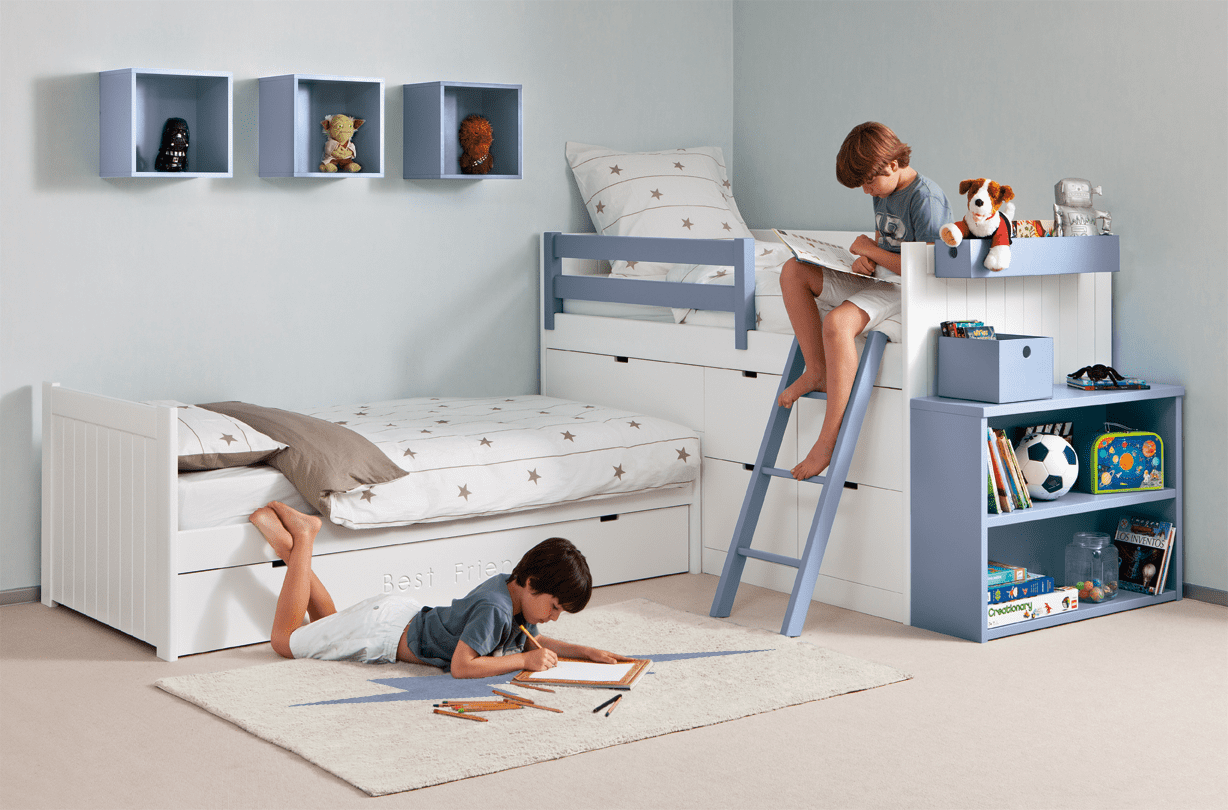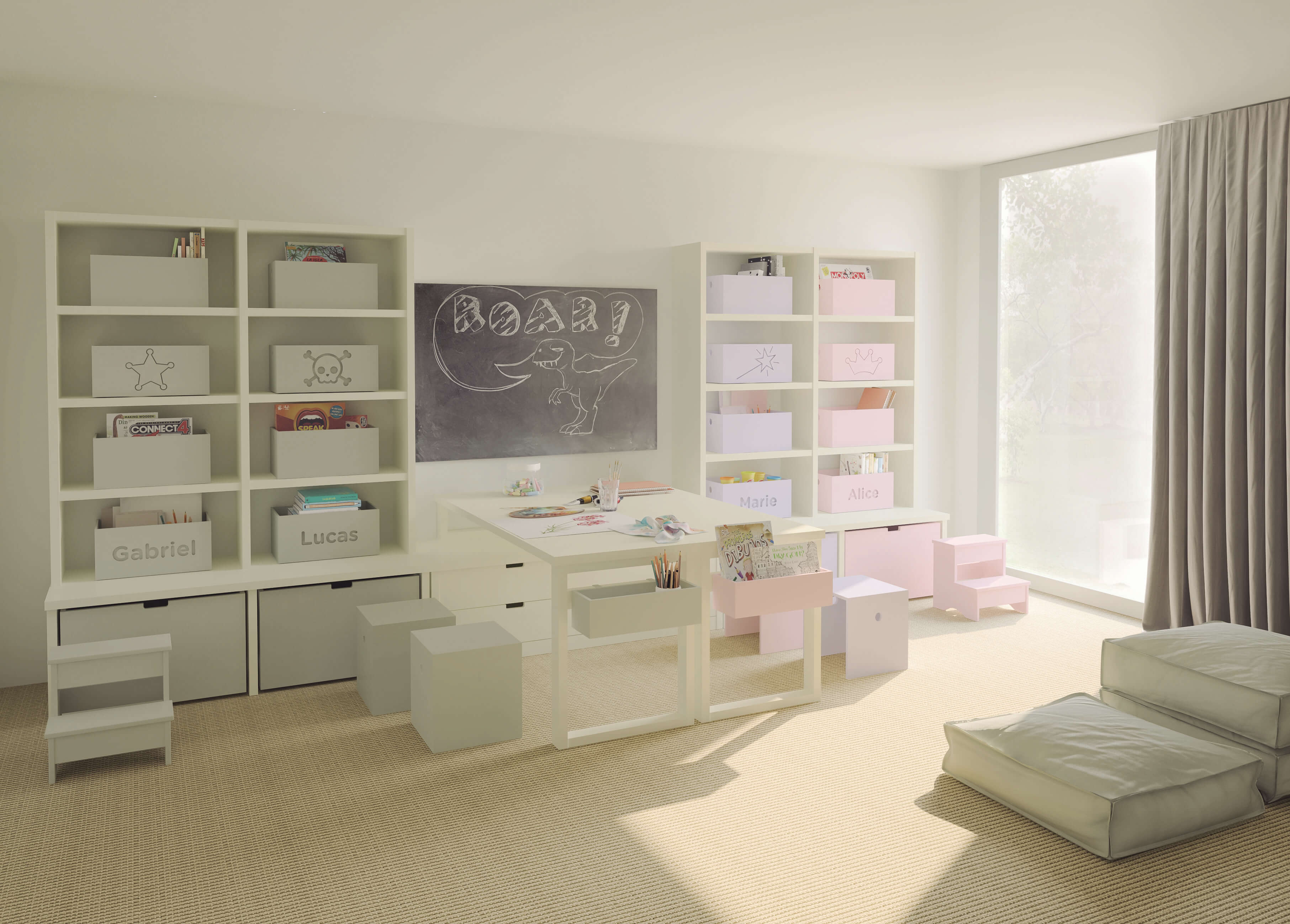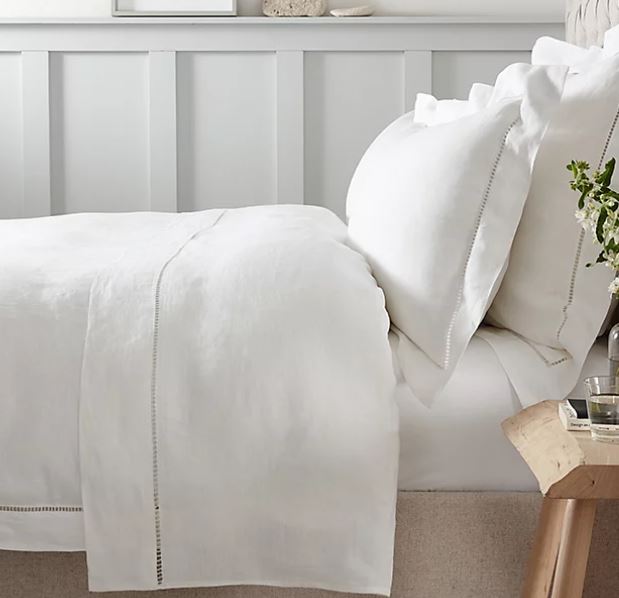
10 Mistakes to Avoid in Children's Rooms Décor
Decor a child's room is an exciting adventure, but it's easy to make mistakes that can affect both the aesthetics and functionality of the space. In this article, we'll explore ten common mistakes to avoid when decorating a children's room.
How to Avoid the 10 Worst Kids’ Room Decorating Mistakes
Avoiding Professional Advice
Failing to seek professional advice is another mistake that can be detrimental to decorating a children's room. Interior designers and decorating experts can offer valuable advice and solutions that optimise space and functionality, as well as ensure that child-friendly safety and design standards are met.
Professional advice helps to avoid common problems and ensures that the décor is cohesive, safe and aesthetically pleasing.
But if you're going to do it yourself you should Research, plan and prioritise needs; consider "do it yourself," reuse and buy smart. Seek advice from friends, keep it simple, and take advantage of the right lighting. Learn from your mistakes in the process.

Furniture That Doesn't Grow With Your Child
To avoid the need to buy new furniture every few years, the smartest choice is to opt for timeless furniture that can adapt to the different stages of a child's growth.
Adaptable and modular furniture, such as trundle beds, offer the flexibility to adjust the design as the child grows. These beds, for example, can transform a child's room into a youth room, making them a versatile and durable option (a long-term investment).

Don't Think About Their Height
Children are not like adults in height. To encourage their independence, it is crucial to provide furniture adapted to their height, allowing them to perform simple tasks such as choosing their clothes or taking their books. This approach builds on the Montessori approach to raising autonomous children.
Letting the Child's Tastes Dictate All Decorating
A common mistake in decorating children's rooms is to give in completely to the child's tastes and desires. While it's important to take the child's preferences into account, allowing their influence to be absolute can lead to a disorganised and dysfunctional room.
The key is to strike a balance between creativity and practicality. Incorporating elements that reflect the child's interests subtly and in specific areas, such as colour choices, accessories and decorative details, can be more effective than cluttering the room with changing themes.
Lack of Play and Learning Areas
Consider the importance of providing space for play. If you do not have the possibility of a playroom, it is essential to arrange the furniture in the room strategically to allow for a central free space where they can let their imagination run wild and develop personally.
Solution: Choosing L-shaped beds and well-placed desks can be key in this respect. Opting for L-shaped beds makes the most of wall space, leaving the centre of the room uncluttered and ready for play and activity. In addition, the desk can be placed near a window or wall, so that the central space is optimised.
For long, narrow rooms, raised beds are an excellent solution. The space under the bed becomes a versatile play area. Alternatively, twin trundle beds can be a space-saving option and allow for a functional play area when not in use.

Sufficient Storage
Clearly this is something that matters most to us parents, because if it were for many children (and not so young) their rooms would become labyrinths. It's important to have storage space, so that the room doesn't look cluttered, as toys, clothes and other items can quickly pile up.
Solution: As well as talking to your child, consider furniture that offers smart storage solutions, beds with built-in drawers, shelves and toy organisers.

Ignoring the Colour Palette
Choosing inappropriate colours is another mistake that can affect the ambience of the room. Unbalanced or overly intense colours can create an uncomfortable environment.
Solution: Opt for a harmonious colour palette that encourages calm and creativity, choosing soft, pleasant tones for walls and furniture.
It is advisable to give a coat of paint every 3 to 6 years, so as the child grows, they will have time to choose their own colours. Quality furniture will last many more years, which is why at Muba we have a palette of 18 shades to personalise it.
We recommend reading our article on the best colours for children's rooms, which will be of great help to you.

Not Paying Attention to Lighting
Lighting is essential when designing a children's space. Be sure to provide adequate light in study, play and rest areas. Use dimmable shades to control natural light. Good lighting creates a welcoming and functional environment.
Additional Safety Measures
A rug is often a beautiful decorative accessory but can have safety implications (not to mention potential allergies).
Solution: If you choose to use rugs, consider buying rugs that are non-slip, washable material or vinyl rugs that are completely glued to the floor.

Protecting the walls
When it comes to decorating children's rooms, one of the mistakes that is often overlooked is the lack of wall protection. Children are known for their energy and creativity, but that vitality can often lead to bumps, scratches and stains on the walls.
The walls of a child's room are like a blank canvas, ready to be filled with your children's dreams and adventures.
Solution: You can put a chalkboard on a wall or use washable wallpaper or vinyl treated for marker pens. Another option is to use a half-height skirting board to protect the wall.

At Muba we are here to help you take every step to design the room for your little boy or girl. We invite you to browse the site and contact us.


